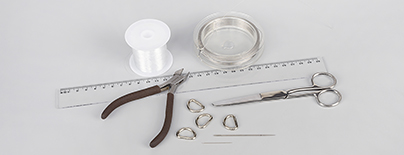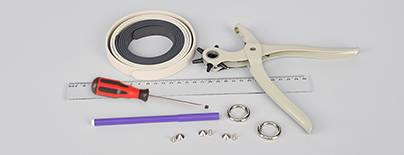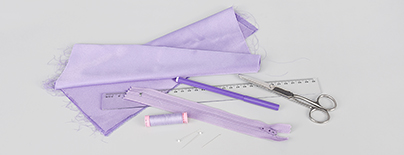Try making a handbag from PRECIOSA Fire Polished Beads. Select a surface finish with reflections in a variety of shades that go perfectly with the autumn-winter trends of the 2024/2025 season.
She is able to switch from luxurious and extravagant fashion show pieces to the preparation of hobby projects,
Learn MoreA thin needle; scissors; snipping pliers; a 0.25 mm line; a regular 0.30 mm steel wire; a large tailor's needle; a ruler; 15 mm D-rings

A bag handle – a 1.5 cm x 120 cm semi-product; a ruler; a felt pen; a leather hole puncher; decorative screw-on rivets with a diameter of 9.5 mm; a screwdriver according to the screw heads; a fastening – a handbag ring

Satin fabric (about 50 cm x 25 cm); tailor's thread (no. 120); a 12 cm zip; a felt pen; a ruler (straight with a right angle); a small tailor's needle; tailor's scissors; pins; a sewing machine (a regular and a zipper pressure foot); an iron; an ironing board

Share this project with your friends
This website is using cookies
To improve our services and provide information that suits your interest, we use the advanced website traffic analytics tools. However, we need your consent. More information about how we process and protect your data can be found in the privacy statement. We ask you for approval of the terms.